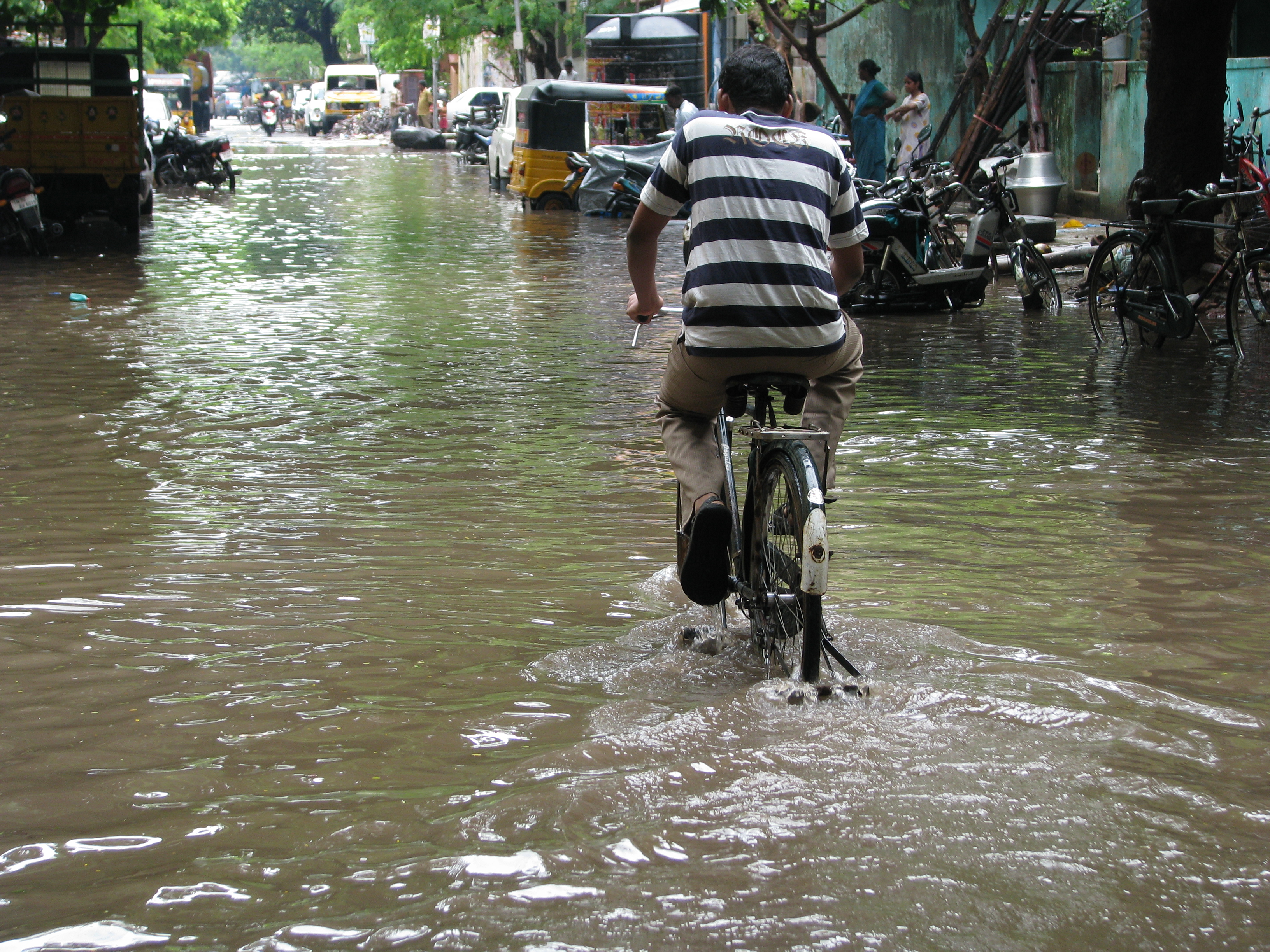
The India Meteorological Department (IMD) puts out a weekly press release on the monsoon. As per the latest press release: “For the country as a whole, cumulative rainfall during this year’s monsoon has so far upto 01 July been 13% above the Long Period Average (LPA).” The nation’s weather forecaster uses rainfall data for the last 50 years to come up with the long period average.
Hence, the rainfall between June 1 and July 1, 2015, has been 13% above the 50 year average. This is surprising given that IMD has forecast a deficient monsoon this year. In early June it said that the monsoon will be 88% of the long-term average. The IMD also said that the probability of a deficient monsoon was as high as 66% The nation’s weather forecaster uses rainfall data for the last 50 years to define what is normal.
If the rainfall forecast for the year is between 96% and 104% of the 50 year average, then it is categorised as normal. A forecast of between 90% and 96% of the 50 year average is categorised as below-normal. And anything below 90% is categorised as deficient.
The monsoon season is still under progress, hence, whether IMD’s monsoon forecast turns out to be correct remains to be seen. The question that crops up here is-what is the past forecasting record of IMD like? The economists Kaushik Das and Taimur Baig of Deutsche Bank Research have written a report on this. The accompanying chart from Das and Baig’s research report makes for a very interesting reading.
| Difference between IMD’s provisional forecast and actual rainfall outcome |
 |
Data Source:IMD, Deutsche Bank
As the economists point out: “The chart…shows the variance between the IMD’s provisional forecast (released in April each year) and the actual rainfall outcome during June- September. While IMD’s forecast record has improved since 2010, it becomes clear from the chart below, that the big misses have been more when actual rainfall has been deficient, rather than being excess. The forecast misses for the years 2002, 2004 and 2009 ” which were characterized by severe drought “are particularly striking.”” Time will tell which way the IMD prediction goes this year.
One of the economic worries that cropped out of a deficient monsoon being forecast was that the rural economy will grow at a much slower pace this year than the past. The logic for this is fairly straightforward.
Data from the World Bank shows that only 35.2% of agriculture land in India is irrigated. This means that the remaining land is dependent on rains. And when the monsoon is deficient, it leads to a lower production of agricultural crops.
A lower production of agricultural crops leads to lower income for a section of the farmer. This brings down the spending capability of the farmers, which in turn impacts economic growth in rural India.
Nevertheless, there is more to this argument. India Ratings and Research in an interesting new report conclude that rural income in India over the years has shifted away from agriculture. The accompanying table makes for a very interesting reading. As analysts Sunil Kumar Sinha and Devendra Kumar Pant point out: “A glance at NDP data over the years shows that the share of agriculture in rural NDP has consistently been declining. It declined to 38.9% in FY05 from 70.5% in FY71. Ind-Ra”s calculation shows that the share of agriculture in rural NDP declined further to 29.9% in FY13 considering the changes that Indian economy has witnessed since then.” NDP is essentially the net domestic product and is obtained by subtracting depreciation from the Gross Domestic Product (GDP). GDP measures the economic output of the nation.
| Share of Non-agriculture in Rural NDP more than 2/3rd |
 |
aInd-Ra projectionData Source:CSO, Ind-Ra
Now what does this mean in simple English? As Sinha and Pant write: “More than two-thirds of the rural income now is non-agricultural income.” The situation has more or less reversed from where it was at the start of the 1970s. Agricultural income made for 70.5% of rural income in 1970-71. Now it is around 29.9%.
What this further means is that the impact of monsoon on rural income has come down over the years. As Sinha and Pant point out: “higher growth of the industrial and services sector in rural areas over the years than of agriculture has increased the share of non-agriculture in rural NDP. This is not surprising because new industrial establishments are increasingly coming up in rural areas due to land/space constraints… industrial expansion in the country is contributing more to the rural economy than urban economy.”
What this clearly tells us is that the impact of monsoon on rural income and in the process rural consumption has been over rated over the years. While there is a link clearly, it is not as strong as it was in the past. And that is an important learning.
The column originally appeared on The Daily Reckoning on July 7, 2015